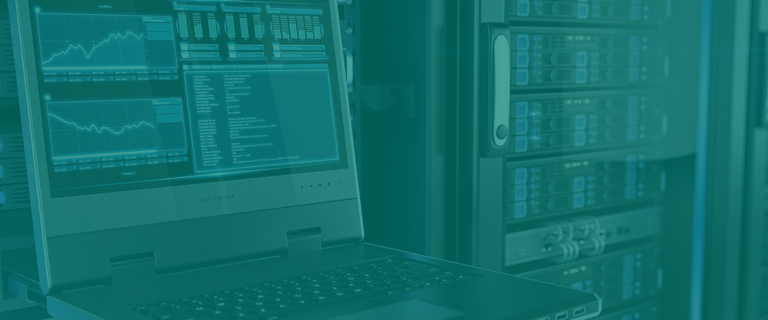
Time to Move on From IBM i 7.1
As new versions of the IBM i operating system become available, it’s inevitable that older versions will no longer be supported. IBM, or anyone else in the software business, is not going to support an unlimited number of operating systems. It becomes too expensive to support old versions—too few customers compared to the cost of maintenance –and it is quite frankly a pain in the butt.
That loss of support, for organizations that aren’t prepared for an OS upgrade, can become quite risky. You’re not going to get security updates for unsupported OSes. New software and hardware that might be within reach may not support older operating systems, support for licensed program products connected to an unsupported OS will also lose support, and your software maintenance could become more time consuming. Running unsupported software may also catch the attention of compliance auditors; a time and money bellyache that is best avoided.
The cost of not upgrading
By resisting upgrades and falling behind fully supported releases, features added to newer OS releases pass you by. SQL and DB2 for i enhancements are at the top of the list. But even if you’re unimpressed with database improvements today, standing pat with a legacy database will eventually weigh you down. Plus, there are plenty of other benefits built into the OS—security and application development quickly come to mind—that add efficiencies for companies staying current.
Another consideration is that when you do upgrade after putting it off beyond standard support, you may be adding a degree of difficulty to the upgrade process. The longer you hang on between OS upgrades, the more complicated your upgrade process becomes. An upgrade from 7.1 to 7.3 is a simple process for almost any organization. An upgrade from 7.1 to the future iNext OS is uncharted territory from today’s vantage point.
IBM would prefer you upgrade sooner rather than later, but it’s not holding a gun to anyone’s head. Instead of creating an upgrade or else situation with organizations that are unable or unwilling to stay current on supported versions of IBM i, IBM provides a lifeboat. It’s called extended support. There are two things you need to know about extended support: It’s a diminished version of the support provided for the fully supported operating systems and it’s more expensive.
All About Extended Support
These are the kinds of things you need to think about if you are running IBM i 7.1. Support will be discontinued April 30, 2018, after eight years of standard support service. For the record, that’s a longer run of support than any IBM midrange operating system. Give credit to IBM for designing 7.1 and its newer releases 7.2 and 7.3 to be updated through the Technology Refresh program, which certainly has prolonged its lifespan. Also to IBM’s credit, the forewarning that standard support is coming to an end allows plenty of time to prepare.
For those deciding that extended support for 7.1 is what they want, it will continue until April 30, 2021. Pricing information is unavailable, but fees will be apportioned based on the number of cores running IBM i 7.1 and whether there are multiple releases of the OS running on logical partitions.
Voice and electronic remote technical support is limited to eight hours a day and five days a week for standard usage support. Severity 1 calls (a determination based on the critical business impact of the issue) get 24-hour a day service. The cost of the support extension will be added to your IBM i Software Maintenance coverage, if you were wondering. And if you are thinking diminished support will be less expensive than full support, that’s not the way it works.
As is normally the case, most IBM i shops upgrade as part of a migration to new hardware. IBM has a habit of lowering the cost of maintenance on new hardware as an incentive to make that decision. And we usually see shops that are increasing their dependence on Web-based applications favor the additional horsepower and memory that new iron brings. New hardware also reduces the watts of power required to run the system, which is a savings the bean counters will appreciate.
While you are thinking on the topic of an OS upgrade, here are a couple of resources that should be helpful to you as you plan an OS upgrade.
The first is a checklist of IBM I upgrade readiness: https://www.ibm.com/support/knowledgecenter/ssw_ibm_i_71/rzahc/rzahcchecklist.htm
The second is a listing of products which are eligible for extended support: https://www-03.ibm.com/services/supline/products/ExtendedSupport/iSeries.pdf




